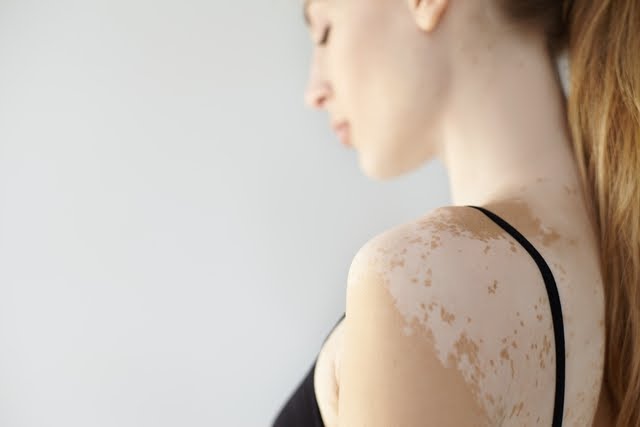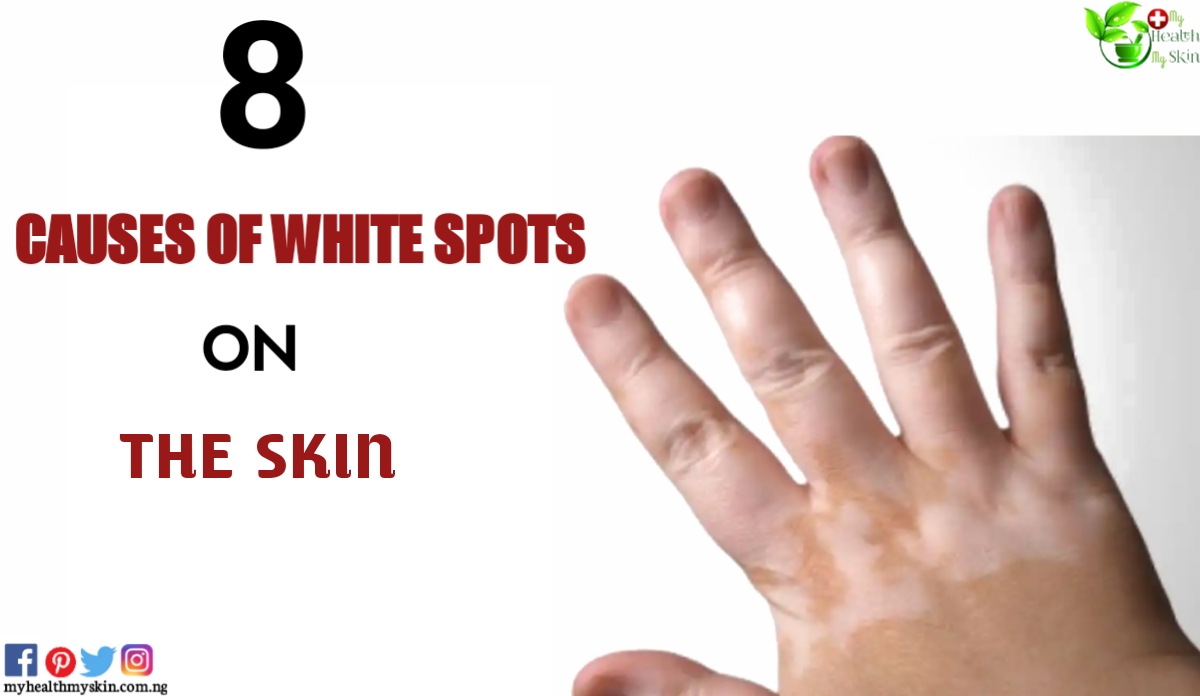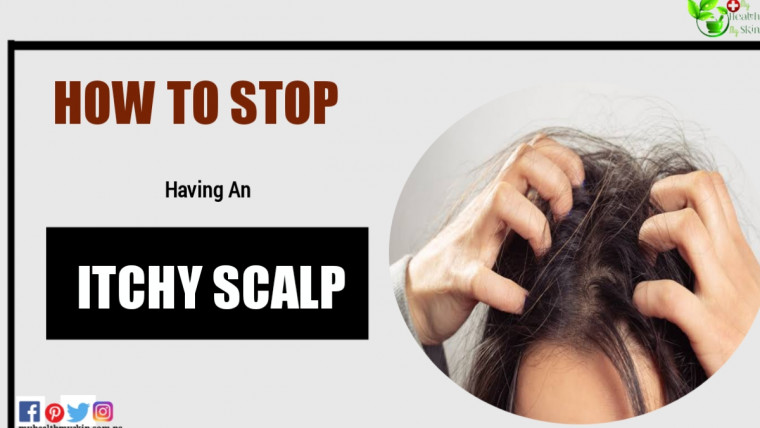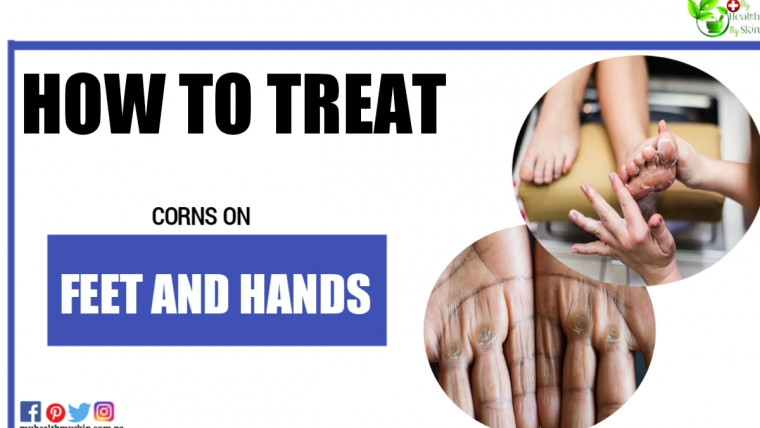8 Causes Of White Spots On The Skin And What To Do
White spots on the skin can appear due to several factors, which can be due to prolonged exposure to the sun or a consequence of a fungus infection, for example, which can be easily treated with creams and ointments that can be indicated by the dermatologist. However, white patches can also be indicative of skin problems that need more prolonged treatment, such as dermatitis, hypomelanosis or vitiligo, for example.
When a spot appears on the skin, its size, where it is located, when it appeared and if there are other symptoms such as itching, dry skin or peeling of the skin should be noted. After that, what you should do is make an appointment with a dermatologist so that the correct cause can be identified, and then start the most appropriate treatment.
White Spot Causes and Proper Treatment

Some possible causes of white patches on the skin and their proper treatment are:
1. Skin ringworm
Skin ringworm, popularly known as white cloth or beach ringworm, is one of the main causes of white spots on the skin. Ringworm of the skin is a fungal infection that leads to the appearance of patches that may or may not itch, and which can spread over large areas of the body.
Despite the name beach ringworm, the person probably had ringworm before, but only noticed after going to the beach, because the affected area does not get tanned. Normally, the fungus that causes this ringworm naturally inhabits the skin, but due to some alteration it can multiply and inhibit the production of melanin at the site, resulting in the white spot, which appears more frequently on the trunk and back.
What to do: It is recommended to apply an antifungal ointment indicated by the dermatologist, which can be Isoconazole, Ketoconazole or Miconazole, in addition to the use of shampoo, soaps and gels to complement the treatment. To prevent others in the home from being affected, each person should use their own bath towel and not share their clothes. See some ointments used to treat ringworm.
2. Spots caused by the sun
Sometimes fair-skinned or dark-skinned people get tanned when they go to the beach or pool and after a few days the skin peels off, giving rise to small white patches, which appear especially on the arms, chest and back.
What to do: It is important to moisturize your skin daily, and always apply sunscreen before being exposed to the sun because this skin is thinner and more sensitive, with a greater risk of sunburn. The ideal is to hydrate your skin very well about 10 days before going to the beach and always eat foods rich in vitamin A such as carrots, tomatoes, boiled eggs, papaya and mango, for example, because the more hydrated the skin is, the lower the risk to flake off and become stained.
3. Atopic dermatitis
Atopic dermatitis is a type of skin inflammation that appears most often in infants, but can appear at any age. Usually, dermatitis causes the appearance of red spots, plaques or lumps, but when they disappear, they can leave this area whiter.
What to do: It is usually necessary to use corticosteroids prescribed by the dermatologist, such as Fenirax, twice a day. In addition, you should keep your skin hydrated, and you may also need an antihistamine remedy to relieve the itching.
4. White freckles
Light brown people can develop several small white freckles that can appear on the hands, arms or legs, especially after 40 years of age. This usually happens in people who have very fair skin or who have been exposed to the sun for many years without sunscreen.
What to do: It is advisable to adequately protect the skin from the sun, always using sunscreen when at the beach or in the pool, or whenever you spend more than 15 minutes in direct sunlight. Wearing a glove hat on your hands can also be helpful in preventing the sun’s rays from aggravating skin lesions.
5. Vitiligo
Vitiligo is a disease that causes large white patches on the skin, which can even affect the inside of the mouth. Its cause is not totally known, but it is believed that it happens due to a genetic alteration or due to some alteration in the immune system, where the body starts to fight the melanocytes. Learn more about vitiligo and treatment options.
What to do: The doctor can recommend treatments such as phototherapy or application of creams and ointments with corticosteroids and/or immunosuppressants, in order to understand the best option in each case. One of the medications that may be indicated is Melagenin plus, which stimulates the production of melanocytes and melanin, evening out the skin tone.
6. Hypomelanosis
Hypomelanosis, also known as mestizo hypomelanosis, is a situation in which some parts of the body are lighter than the person’s skin tone and, although sun exposure improves the contrast, the affected parts are always lighter than the rest of the body. body. This type of skin change is more common in people who have an allergy.
What to do: Although you do not need any specific treatment, sun exposure in the early morning or late afternoon can be useful to try to even out the person’s skin tone.
7. Tuberous sclerosis
Also known as Bourneville’s disease, or just Epiloia, tuberous sclerosis is characterized by the appearance of isolated white spots that can affect any part of the body, although on the trunk it is more common. They are often first identified in infants or children up to 6 years of age, and there may be only 1 or more than 100 spots scattered throughout the body.
What to do: you should consult a dermatologist to confirm the diagnosis and start treatment to avoid complications such as seizures or even kidney problems.
8. Nutritional deficiencies
Decreased absorption or consumption of some vitamins and minerals can also lead to the appearance of white patches on the skin. The main vitamins and minerals that can lead to the appearance of white spots when they are in low amounts in the body are calcium, vitamin D and E.
What to do: In these cases, it is important to change eating habits, giving preference to foods that are rich in these nutrients, such as milk and dairy products, sardines, butter and peanuts, for example.







